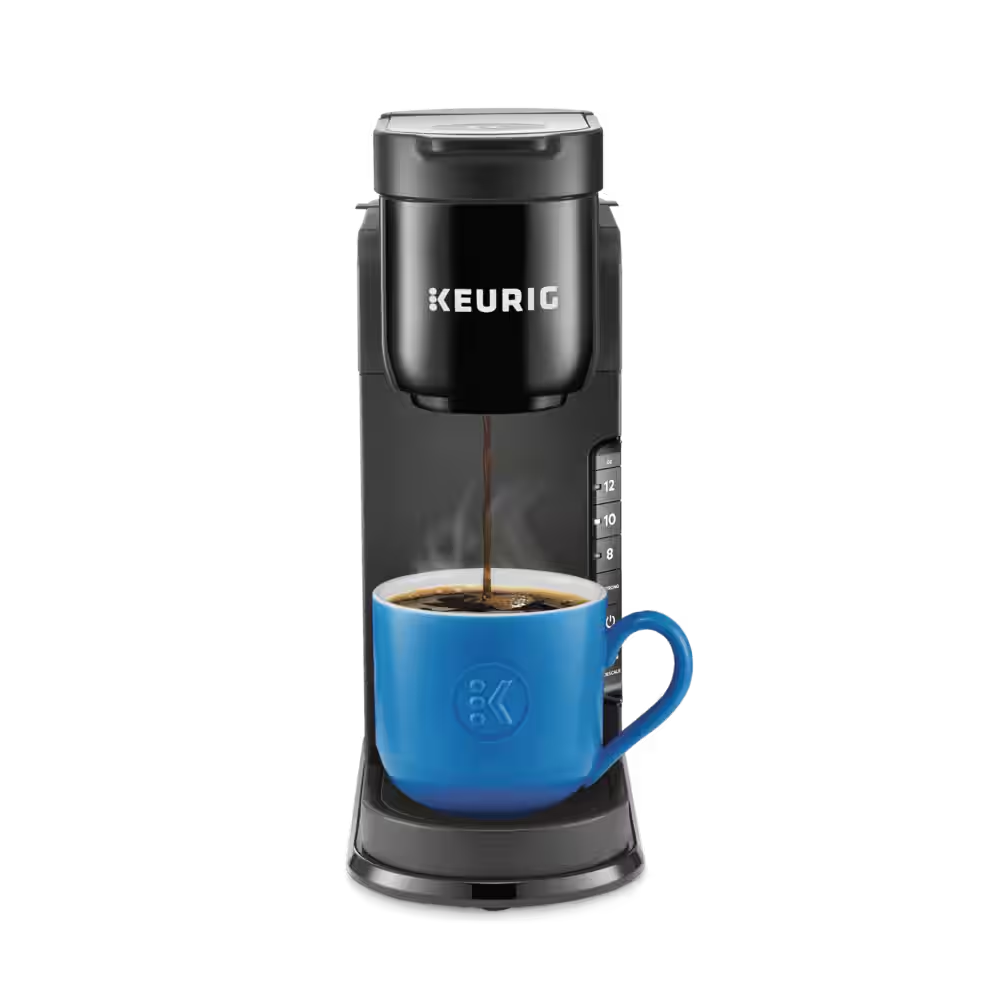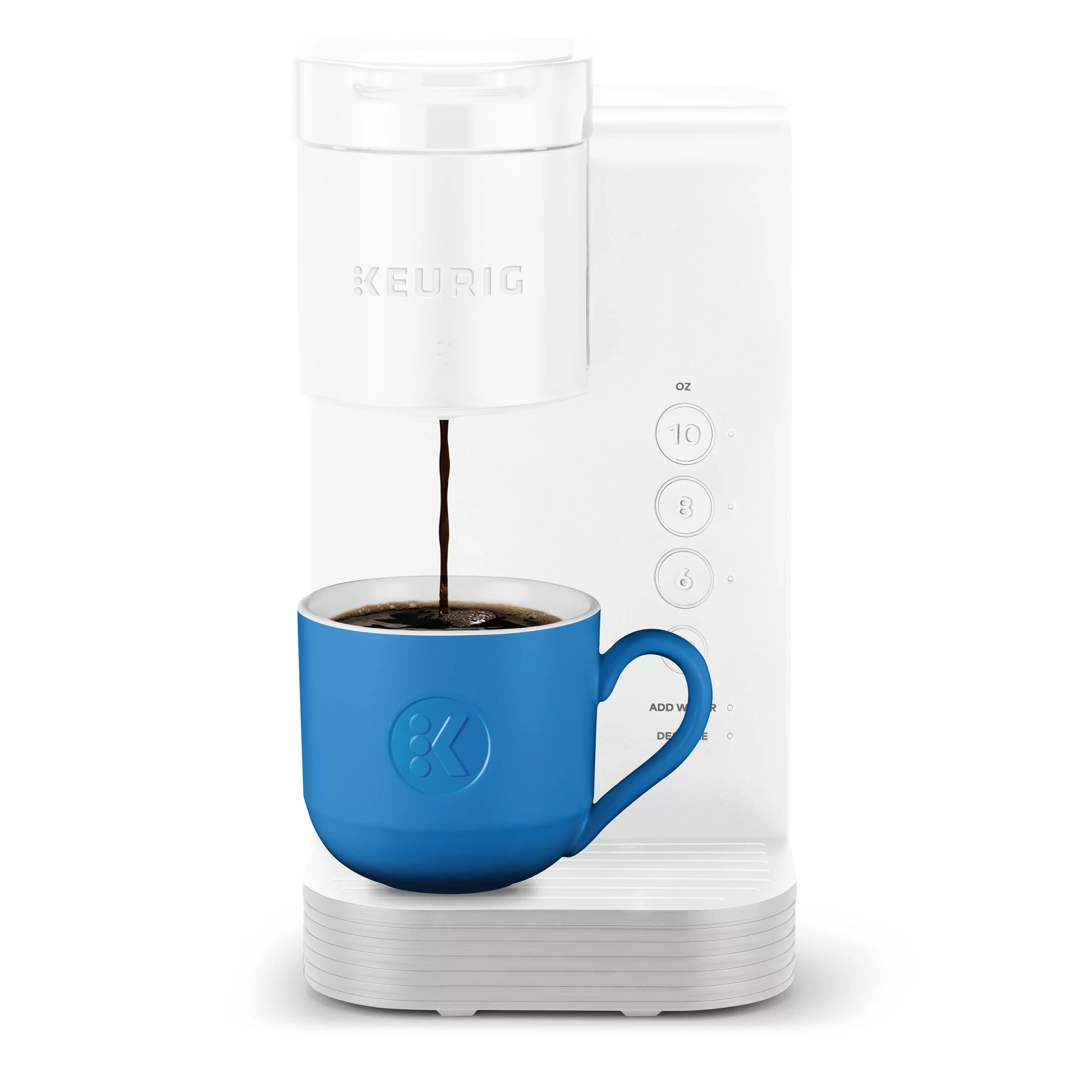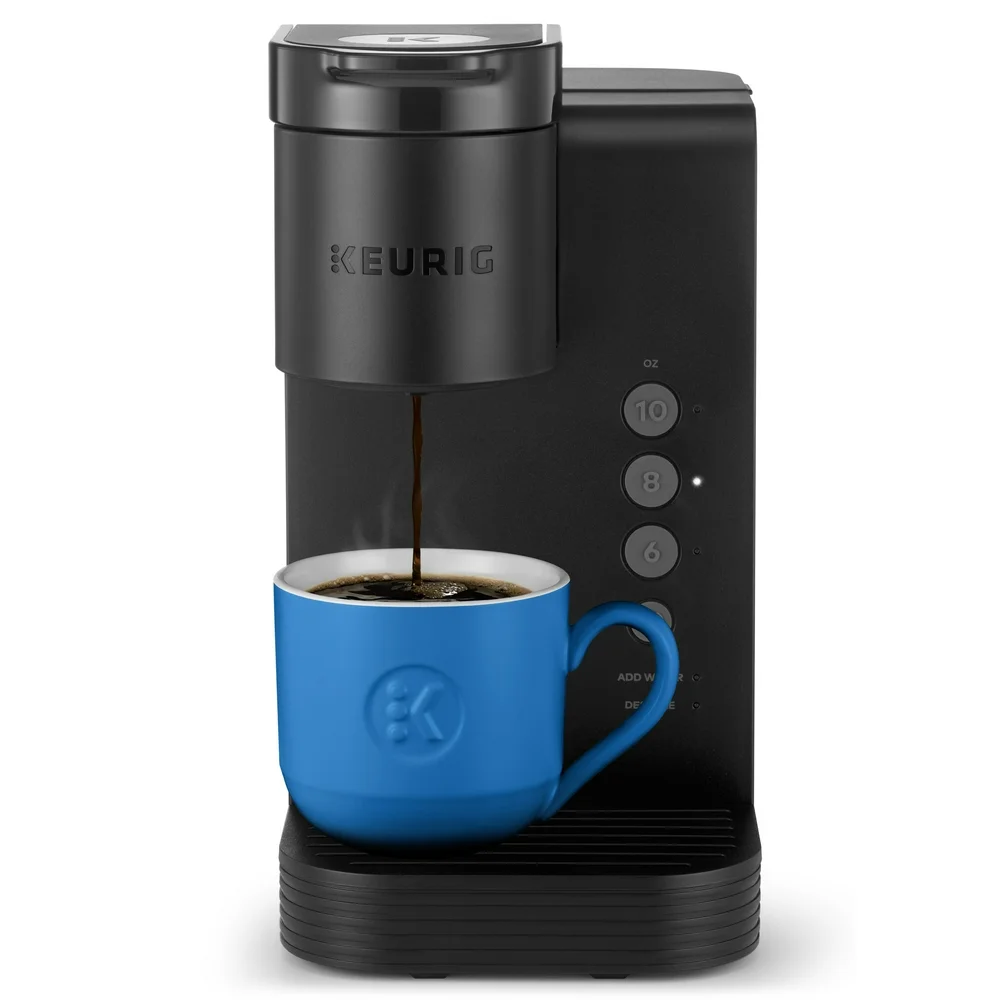
Descaling your Keurig K Express is a crucial maintenance task that ensures the longevity of your coffee maker and the quality of the brews it produces. Over time, mineral buildup from water can hinder the performance of your machine, leading to slower brewing, off-tasting coffee, or even complete malfunction. In this comprehensive guide, we will explore why descaling is necessary, the steps you need to take to effectively descale your Keurig K Express, and some preventive measures to extend the intervals between descaling.
Why It’s Important to Descale Your Keurig K Express
Descaling is the process of removing mineral deposits that build up in your coffee maker over time. These deposits, primarily calcium and lime, come from the water you use to brew coffee. While our water might look clean, it often contains these minerals, and their accumulation can affect both the performance of your coffee maker and the taste of your coffee.
Impact of Minerals on Performance
When calcium and lime accumulate, they can lead to blockage in the water lines, affecting water flow and temperature. A clogged system can result in:
- Extended Brewing Time: You may notice a longer wait time for your coffee to brew.
- Inconsistent Temperature: Essential for a good cup of coffee, temperature consistency might fluctuate.
- Error Messages: Some Keurig models, including the K Express, may display error messages when they detect a problem due to scale buildup.
Effect on Coffee Flavor
The buildup of minerals doesn’t just affect the mechanics of the machine. It can also alter the flavor profile of your coffee. You may begin to notice a bitter or off-putting taste due to the residue left behind from minerals as you brew. Well-maintained machines typically yield better-tasting coffee because they can achieve the ideal extraction process.
How Often Should You Descale?
The general recommendation is to descale your Keurig K Express every three to six months, depending on your water quality. Here are some factors to consider:
- Water Hardness: If you live in an area with hard water (high mineral content), you should aim to descale more frequently.
- Frequency of Use: If you’re a daily coffee drinker, descaling every three months may be beneficial.
- Keurig’s Alerts: Pay attention to any maintenance reminders your machine provides; they can help you stay on schedule.
Now that you understand the importance and the frequency of descaling, let’s move on to the detailed steps on how to descale your Keurig K Express.
Materials You’ll Need
Before you begin the descaling process, gather the following materials:
- Descaling Solution: You can use the official Keurig descaling solution found in most retail stores or opt for a homemade brew of equal parts white vinegar and water.
- Water: Fresh, filtered water is ideal, especially if you’re expecting to brew immediately after descaling.
- Large Container: Ensure that you have a container that can hold at least 10 ounces of liquid to catch the descaling solution as it flows through the machine.
- Paper Towel: A paper towel will help clean up any spills during the process.
Step-by-Step Guide to Descale Your Keurig K Express
Prepare your Machine
- Turn Off and Unplug: Start by turning off your machine and unplugging it from the outlet. This ensures safety during the maintenance process.
- Empty the Water Reservoir: Remove the water reservoir and empty any remaining water.
- Remove the K-Cup Pod Holder: Open the lid of your brewer, remove the K-Cup pod holder, and set it aside. This step is crucial for effective cleaning.
Add the Descaling Solution
- Mix the Solution: If using the Keurig descaling solution, follow the instructions on the bottle. Typically, you’ll mix it with water in a 1:1 ratio.
- Pour into the Reservoir: Once mixed, pour the solution into the water reservoir until it reaches the fill line.
- Add Water: Fill the rest of the reservoir with fresh water until it’s full.
Start the Descaling Process
- Place the Container: Place your large container on the drip tray to catch the liquid that will flow through.
- Turn On the Machine: Plug your Keurig back in and turn it on. Allow it to preheat until the indicator lights indicate that it’s ready.
- Run the Brew Cycle: Begin the brew process without a K-Cup. Choose the 8-ounce cup size and press the brew button. Repeat this process until the water reservoir is empty.
Rinse and Clean
- Let it Sit: After cycling through the descaling solution, let the machine sit for about 30 minutes. This period allows the solution to break down any remaining mineral deposits.
- Rinse the Reservoir: After the sitting period, rinse the water reservoir thoroughly with water to remove any vinegar or chemical residue.
- Fill with Water: Refill the reservoir with clean, fresh water to the maximum fill line.
- Perform a Clean Brew: Repeat the brewing process two to three times with just water. This step ensures that any leftover descaling solution is washed away.
Final Steps
- Wipe Down the Exterior: Use a damp cloth to wipe down the exterior of the machine. This helps remove any spills or stains that may have occurred during the process.
- Reassemble the Components: Place the K-Cup pod holder back into its original position and attach the water reservoir.
- Final Check: Check that everything is back in place and secure before plugging the machine back in.
Tips for Effective Descaling
Use Filtered Water
Whenever possible, use filtered water in your Keurig K Express. It minimizes mineral buildup and often improves coffee quality.
Schedule Regular Maintenance
To keep your machine in optimal performance, establish a routine for descaling. Mark your calendar for the recommended intervals.
Monitor for Signs of Buildup
Pay attention to changes in your coffee quality and brewing time. Early detection can help you avoid more severe problems later.
 Common Issues Encountered During Descaling
Common Issues Encountered During Descaling
Slow Water Flow
If your water doesn’t flow as expected during the descaling process, it might indicate heavy mineral buildup. Repeat the descaling process more thoroughly and several times if necessary.
Error Messages
If your Keurig displays error messages related to water flow or other malfunctions, you may have to troubleshoot additional problems. Refer to the user manual or customer service for guidance.
Bad Taste After Descaling
If you notice an off taste in your coffee after descaling, it may result from leftover descaling solution. Ensure that you adequately rinse the machine by running multiple cycles of clean water.
Troubleshooting Specific Error Codes
If your machine continues to malfunction even after descaling, refer to the user manual for specific troubleshooting steps related to error codes.
Conclusion: how to descale keurig k express
Learning how to descale your Keurig K Express is vital for maintaining the integrity of your coffee maker and enjoying a high-quality brew. By following the steps outlined in this guide, along with regular maintenance schedules, you’ll ensure that your machine serves you well for a long time. Whether you choose to use a commercial descaling solution or create your own with household vinegar, the key is consistency. Descaling is not only a one-time chore but an integral part of keeping your coffee experience delightful. Regular attention to your Keurig will mean fresher-tasting coffee and a machine that functions as intended. So, embrace this essential task and enjoy the rich flavors that a well-maintained coffee maker can provide!

